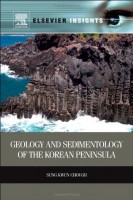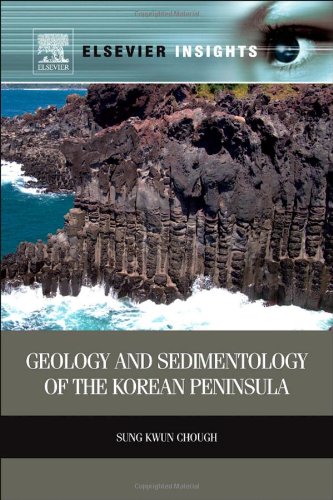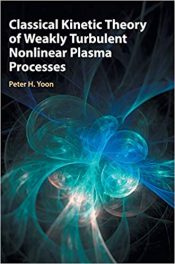 A volume in the Elsevier Insights series, providing specialized content across a range of disciplines: life sciences, physical sciences, social sciences, engineering, computing, and finance.
A volume in the Elsevier Insights series, providing specialized content across a range of disciplines: life sciences, physical sciences, social sciences, engineering, computing, and finance.
Author: Sung Kwun Chough
Publisher: Elsevier – 363 pages
Book Review by: Venkat Subramaniam
The Korean Peninsula has a rugged physical landscape. It consists of “scenic mountains that run one after another,” according to the author, and as shown in a satellite image and a geographic map on pages 2 and 3, respectively, of this book.
He continues his description of the geology of this peninsula:”These features have descended from crustal deformation and associated plutonic and volcanic activities. Rivers run throughout the valleys, carrying sediments mostly toward the west and the south, forming floodplains. Where rivers meet the coastal plains, estuaries form. Along the western and southern coasts of the peninsula, tidal flats are extensive.”
He writes that examinations of sedimentary rocks in the area reveal vast environmental and climate change over millions of years in Earth’s history. Part of this change is the rise and fall of the sea level and the movement of tectonic plates.
In the Introduction, the author presents some geological questions that we list below for you to consider. Reading this book will hopefully answer them for you.
- What constitutes the scenic mountains and ridges?
- When and how did these mountain chains form?
- Was it due to the collision of the tectonic plates?
- How often was the continent submerged under the sea through Earth’s history?
- How are the rocks in the peninsula linked to those of China and Japan?
- What are the origins of the deep basins and submarine plateaus in the East Sea?
- How did the continent under the Yellow Sea form and evolve?
- How would the coastal areas be affected by sea-level change over timescales of a few decades to centuries?
This is an extensively researched and well-documented book with numerous detailed drawings and sketches that can help you find answers to the above and give you a better geological understanding of the Korean peninsula.
If you look at a map of southeast China, you will see the Yellow Sea on the left side, and Japan to its right. You will note that the Korean Peninsula in the middle is shaped almost like a little kidney bean.
The vast Sea of Japan is to the northeast of Korea, and to its south is the East China Sea. The long, long chain of islands on the south of Japan stretch all the way to Taiwan, and on the north side of Japan, the islands go way up to the Sea of Okhotsk, which is Russian territory.
The Korean Peninsula looks tiny when seen in perspective with China, Japan, and Russia. Yet this peninsula was split into North Korea and South Korea in 1945 with the Allied victory that ended a 35-year rule by the Empire of Japan. North Koreans got nearly 55 percent of the land and their southern neighbors got the 45 percent.
North Korea opted for communism and allied with Red China and the Soviet Union, while South Korea chose democracy and was supported by the West, particularly the United States. Over the last seven decades from 1945 until 2014, North Korea has remained one of the poorest nations in the world.
It is 125th in rank with a mere $40 billion (2010 figures of CIA World Fact Book) in total gross domestic product (43 percent industry, 23 percent agriculture, 34 percent services) with per-person income of only $1,800 a year or $150 a month. The country’s total population was only around 25 million in 2013, according to the U.N. Department of Economic and Social Affairs. It is 46,541 square miles in size.
In contrast, South Korea has a much larger economy (over $1 trillion) with a slightly smaller size (38,691 square miles). As a matter of fact its 2010 GDP was about 28 times larger, at $1.13 trillion (39 percent industry, 3 percent agriculture, 58 percent services) and the average inhabitant makes $32,000 a year, or almost 18 times the $1,800 average North Korean’s annual earnings. South Korea’s population was about 50 million or twice that of North Korea’s last year.
We provide these politico-economic numbers on the two Koreas to you – beyond the geology in this book – to give you an overall perspective.
Sung Kwun Chough is a Professor of Earth and Environmental Sciences at Seoul National University in Seoul, South Korea.







